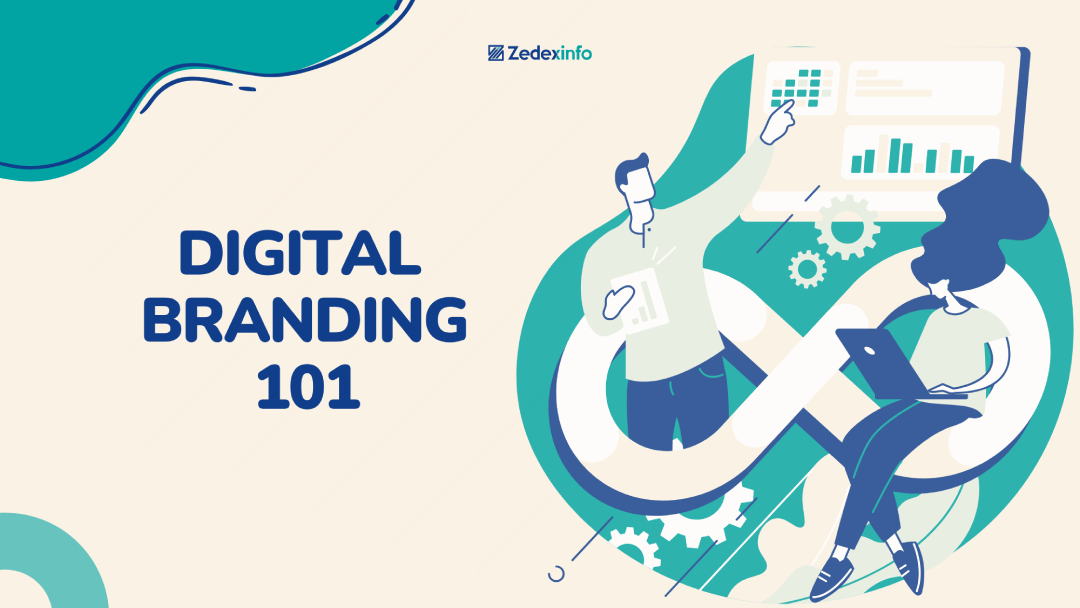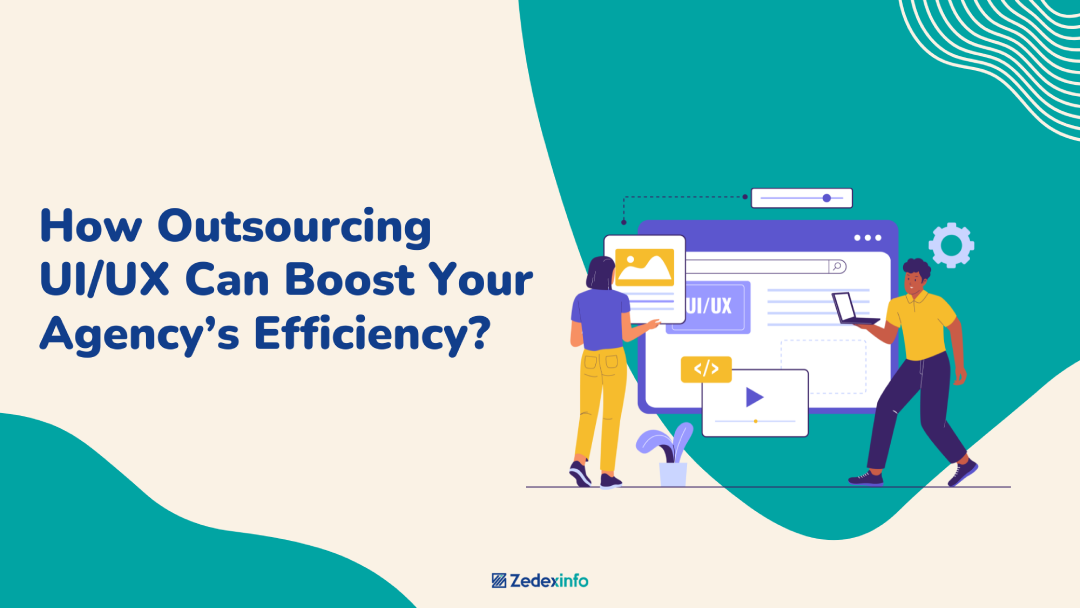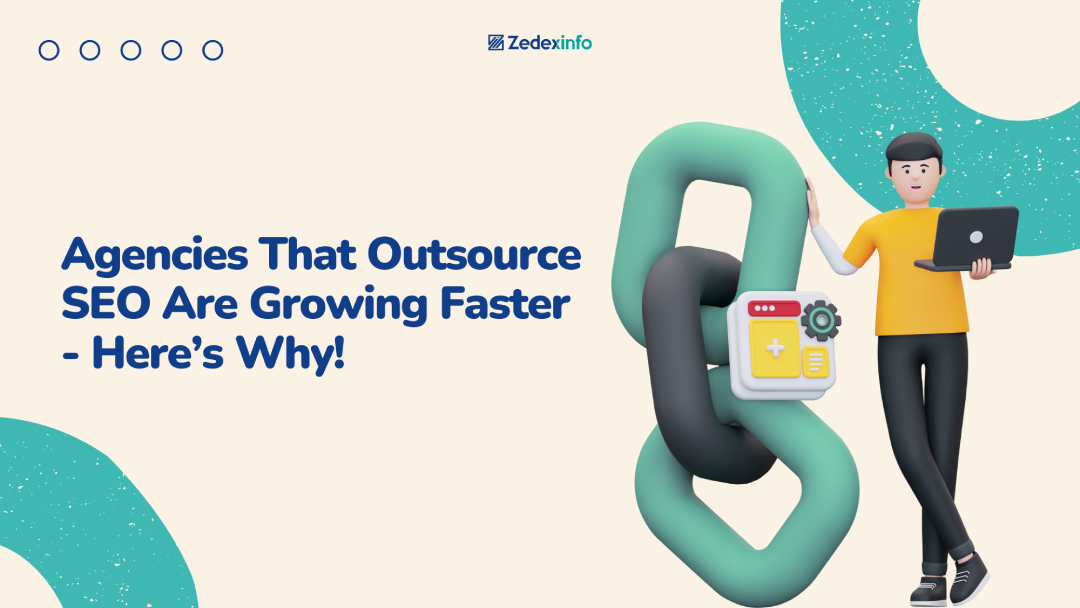Running a Google Ads campaign can feel like navigating a high-stakes treasure map. Done right, it can lead you to a goldmine of leads, sales, and growth. But one wrong turn, a missed keyword, a neglected metric, and your treasure hunt might lead straight to an empty coffer as well as a depleted budget. The stakes are high, but the rewards are worth making the effort.
Google Ads is a powerful tool, but with great power comes great potential for error. Missteps like forgetting to use negative keywords, ignoring mobile users, or neglecting your landing pages can be the difference between a campaign that thrives and one that flops.
But fear not! This guide is here to help you sidestep the potholes and stay on the path to pay-per-click glory. We’ll dive deep into the most common Google Ads mistakes, uncover why they happen, and most importantly show you how to avoid them like a pro. Along the way, you’ll learn practical strategies, gain insider tips, and build the confidence to turn every dollar you spend into measurable results.
Let’s roll up our sleeves, refine those strategies, and ensure your next campaign boosts your business to the next level.
Neglecting Negative Keywords:
Negative keywords are a cornerstone of efficient Google Ads management, yet they’re frequently overlooked. These keywords prevent your ads from appearing in irrelevant searches, saving you money and improving campaign performance. Without them, your ads might show up for search terms that don’t align with your offerings.
For example, let’s say you’re a high-end luxury furniture retailer. If you don’t exclude terms like “cheap furniture” or “used furniture,” you could waste your budget on clicks from people who aren’t willing to pay premium prices. Similarly, without adding “DIY” as a negative keyword, you might attract hobbyists looking to build their furniture rather than buy it.
To avoid this common Google Ads mistake, regularly analyse the search terms report in Google Ads. This report shows the actual queries triggering your ads. Identify irrelevant terms and add them to your negative keyword list. Tools like Google Keyword Planner can help uncover potential negatives during campaign setup. Keep in mind that your negative keyword list is not static so updating it regularly as trends and behaviours evolve is crucial.
Ignoring Conversion Tracking:
Conversion tracking acts as a compass for your campaign. Without it, you’re guessing which ads, keywords, or campaigns are driving results. Ignoring this critical feature often leads to inefficient spending and misinformed decisions.
For example, say you’re running a campaign to generate leads through a contact form. Without conversion tracking, you might assume clicks equal success, but what if only a small percentage of those clicks actually submit the form? Conversion tracking lets you know precisely what’s working and what isn’t.
To set up conversion tracking, you’ll first need to define what counts as a conversion for your business. It could be form submissions, purchases, phone calls, or newsletter signups. Use Google Ads’ conversion actions to configure tracking. For e-commerce, integrating your Google Ads account with your website or Google Analytics ensures you capture detailed purchase data. If you’re working with phone calls, use call-tracking solutions to measure effectiveness.
Ineffective Bidding Strategies:
Bidding is both an art and a science. Many advertisers either overbid, wasting money, or underbid, limiting their reach. Choosing the wrong strategy for your campaign goals is a common and costly mistake.
If you’re focusing on brand awareness, a Maximize Clicks strategy might make sense, but for conversions, you’ll want to use Target CPA or Target ROAS. A local business might benefit from manual CPC, allowing tighter control over bids.
Experimentation is key. If you’re unsure, start with manual bidding to gather performance data, then transition to automated strategies once you have a solid understanding of your campaign’s metrics. Monitor performance regularly and adjust bids based on results. For instance, if certain keywords consistently convert at a high rate, consider increasing their bids to capture more traffic. Conversely, reduce bids for underperforming keywords to prevent wasted spend.
Poor Ad Scheduling:
Ad scheduling, also known as dayparting, allows you to control when your ads are shown. Yet, many advertisers run their campaigns 24/7 without considering when their audience is most active. This can lead to wasted impressions and clicks during low-performing times.
Let’s say you’re running a campaign for a café that caters to the morning crowd. Ads running late at night might attract irrelevant clicks, draining your budget. Similarly, a B2B software company might find that its target audience engages most during business hours, not on weekends.
To address this, use the Ad Schedule report in Google Ads to analyze performance by hour and day. Look for patterns like are conversions higher on weekdays? Does engagement spike during lunch hours? Once you identify such trends, schedule your ads to run during peak times. Continuously monitor and refine your schedule as and when new data emerges.
Lack of Ad Testing:
A single ad or just one kind of ad can’t appeal to everyone. Many advertisers create one ad and expect it to perform well across the board. This approach often leads to missed opportunities for engagement and conversions.
Testing is essential to discover what resonates with your audience. For example, you might find that a headline emphasizing “Free Shipping” outperforms one highlighting “50% Off.” Without testing, you’d never uncover these insights which can heavily impact the financial outcome of your campaigns.
Start with A/B testing, where you compare two or more variations of an ad. Test different headlines, descriptions, display URLs and calls to action. Use Responsive Search Ads (RSAs) to allow Google’s algorithm to experiment with different combinations of your provided text assets. Monitor performance metrics such as click-through rate (CTR), conversion rate, and Quality Score. Gradually phase out underperforming ads while scaling up winning variations.
Overlooking Mobile Users:
With more than half of internet traffic coming from mobile devices, ignoring mobile optimization is a detrimental mistake. Ads that look great on desktops might perform poorly on smaller screens, leading to a poor user experience and a wasted budget.
Mobile users have different behaviours and expectations. For instance, someone searching for a restaurant on their phone might prefer quick access to a map or phone number rather than a long landing page. If your ads or landing pages aren’t mobile-friendly, you risk losing potential customers.
Ensure that your ads are optimized for mobile by using device targeting to adjust bids for mobile users. Test mobile-specific ad formats like call-only ads, which allow users to call your business directly from the search results. On the landing page side, use responsive design and prioritize fast load times. Tools like Google’s Mobile-Friendly Test can help identify areas for improvement.
Misunderstanding Quality Score:
Quality Score is Google’s way of evaluating the relevance of your ads, keywords, and landing pages. A low Quality Score can increase your cost-per-click (CPC) and lower your ad rank, making it harder to achieve good results within your budget.
Three primary factors influence Quality Score:
- Ad Relevance: Does your ad align with the keyword and user intent?
- Expected CTR: How likely is your ad to get clicked compared to competitors?
- Landing Page Experience: Does your landing page provide value and align with the ad’s message?
To improve your Quality Score, focus on creating tightly themed ad groups with highly relevant keywords. Write ad copy that speaks directly to those keywords and ensure your landing page matches the user’s intent. A well-optimized page with fast loading speeds and a clear CTA can significantly boost your score.
Not Utilizing Ad Extensions:
Ad extensions enhance your ads by providing additional information and making them more visually appealing. Despite their proven ability to improve CTR, many advertisers neglect to use them or use them ineffectively.
There are several types of ad extensions, each serving a unique purpose:
- Sitelinks: Direct users to specific pages, such as “Shop Now” or “About Us.”
- Callouts: Highlight unique selling points, like “Free Shipping” or “24/7 Support.”
- Location Extensions: Help users find your nearest store.
- Price Extensions: Showcase product prices directly in the ad.
By adding relevant extensions, you not only improve your ad’s visibility but also provide more reasons for users to click. Regularly review your extensions’ performance and update them to reflect current promotions or changes in your offerings.
Failing to Optimize Landing Pages:
Your landing page is where users decide whether to take action. Even the best ad can’t salvage a poorly designed or irrelevant landing page. Sending users to a generic homepage instead of a tailored landing page often leads to high bounce rates and low conversion rates.
For instance, if your ad promotes “25% Off Laptops,” the landing page should prominently display the discount along with the laptops on sale. A mismatch between the ad and the landing page creates confusion and frustration for users.
To optimize your landing pages, ensure they are highly relevant to your ad’s message and keyword. Simplify navigation, remove unnecessary distractions, and create a clear, compelling call to action. Speed is also critical as slow-loading pages can cause users to abandon your site before it even loads. Use tools like Google Page Speed Insights to measure and improve performance.
Inadequate Budget Management:
One of the most common mistakes in Google Ads is failing to manage your budget effectively. Spending too little might limit your reach while overspending on low-performing campaigns can exhaust your budget without meaningful results.
Effective budget management starts with understanding your campaign goals. Be clear on whether you’re trying to build brand awareness, drive traffic, or increase conversions. For example, if your goal is lead generation, allocate more budget to campaigns that target high-intent keywords and demonstrate strong conversion potential.
Monitor your impression share metrics to gauge if budget constraints are holding your campaigns back. If your ads are consistently losing out due to budget limitations, consider reallocating funds from less effective campaigns. Additionally, avoid “set it and forget it” strategies. Regularly review your campaign performance and adjust budgets dynamically based on seasonal trends, audience behaviour, or new data insights.
Finally, use shared budgets for campaigns targeting the same audience to ensure funds are distributed to the most effective ads. For better control, combine daily budget caps with performance monitoring to avoid sudden overspending.
Ignoring Remarketing Opportunities:
Remarketing, or retargeting, is one of the most effective ways to engage users who have previously interacted with your website or ads. Failing to implement remarketing campaigns means missing out on converting warm leads who are already familiar with your brand.
Imagine someone visits your e-commerce store, adds a product to their cart, but leaves without completing the purchase. A remarketing campaign could serve them a personalized ad, such as, “You left something in your cart! Complete your purchase and get 10% off!” Without this follow-up, you risk losing that customer to a competitor.
To implement remarketing, create Audience Lists in Google Ads based on user behaviour. Segment these lists to tailor your message: one for cart abandoners, another for product page viewers, and so on. Use dynamic remarketing to display ads with the exact products or services the user previously viewed. Personalization is key to re-engaging these potential customers and driving conversions.
Underestimating the Value of Ad Copy:
Ad copy is the face of your campaign. While targeting and bidding are critical, your ad’s ability to capture attention and drive clicks largely depends on its copy. Many advertisers underestimate this and settle for bland or generic messaging, which gets lost in the crowd.
Effective ad copy needs to address the user’s pain points, offer a solution, and create urgency. Instead of a generic headline like “Affordable Running Shoes,” consider “Run Faster for Less: 25% Off Top Running Shoes Today!” This approach grabs attention and communicates value.
To craft compelling ad copy:
- Focus on benefits rather than features. Instead of “Made with durable materials,” say “Built to Last for Years of Comfort.”
- Use emotional triggers and power words like “exclusive,” “proven,” or “guaranteed.”
- Include clear CTAs like “Shop Now,” “Sign Up Today,” or “Learn More.” These guide users toward the desired action.
Test multiple variations of your copy to identify what resonates most with your audience. Monitor CTRs, conversion rates, and Quality Score to evaluate effectiveness.
Neglecting Competitor Analysis:
Your competitors are running Google Ads campaigns too, and ignoring their strategies is a missed opportunity to gain a competitive edge. Understanding what your competitors are doing allows you to identify gaps in your own campaigns and refine your approach.
Start with Google Ads’ Auction Insights report, which provides a snapshot of how your performance compares to competitors targeting the same keywords. Pay attention to metrics like Impression Share, Average Position, and Overlap Rate to gauge their activity level.
Beyond Google Ads, use tools like SEMRush, SpyFu, or Ahrefs to analyze competitors’ keywords, ad copy, and landing pages. For instance, if a competitor consistently ranks higher for a key term, examine their ad copy and adjust yours to be more compelling. Similarly, if they’re running promotions or highlighting unique benefits, consider how you can differentiate your offer.
Stay vigilant about industry trends and customer preferences. Competitor analysis is about learning what works and finding opportunities to stand out.
Conclusion:
Running successful Google Ads campaigns is a journey, not a destination. Mistakes happen, even to experienced advertisers. The key is to identify them early, learn from them, and refine your approach. By avoiding these common pitfalls and implementing the strategies outlined above, you’ll not only save money but also achieve better results and drive meaningful growth for your business. Keep experimenting, testing, and optimizing to achieve success in Google Ads and have a soaring influx of leads and sales.




